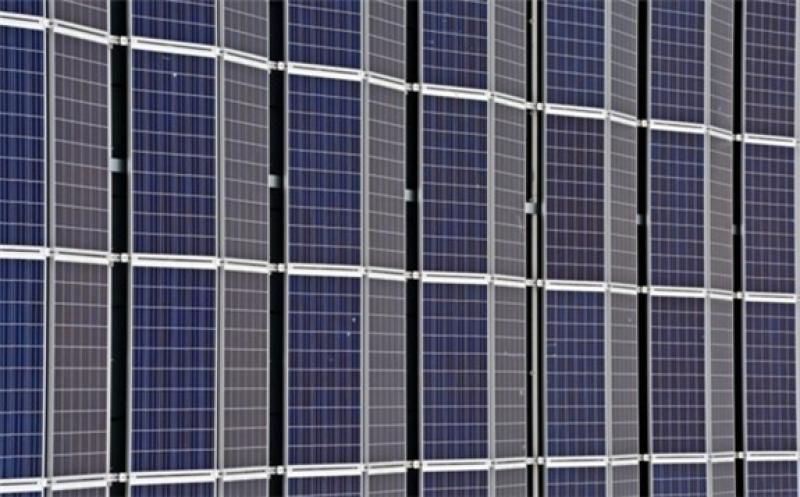The affordable, lightweight, and flexible emerging solar material perovskite is rising annually in conversion efficiency, which resulted in its popularity around the world, and scientists in various countries are currently seeking for solutions in large-sized modules and durability, as well as the expedition of commercialization.

Most existing solar cells adopt silicon crystal, which looks like a blue solar module from afar, and the perovskite solar cell invented by Japanese chemist Miyasaka Tsutomo in 2009 is one of the rising stars that has now exceeded 26% in conversion efficiency from the initial figure of 3.8%, which can also be easily produced into curved modules through the printing technology, where the cost of production is expected to be reduced by half.
Being one of the manufacturers who is implementing accelerated commercialization, Toshiba has increased the commercialized conversion efficiency to 14.1%, whereas Panasonic has also developed a perovskite cell that contains over 16% of efficiency. Perovskite solar cells may become an important technology in satisfying a carbon neutral economy for Japan, should they become more affordable. Todori Kenjim, senior expert at Toshiba, commented that such technology facilitates installations of solar panels practically everywhere in the future.
Numerous countries are implementing energy transformation in order to satisfy the rising electricity demand, as well as reduce the degree of carbon emission. Japan had proposed the green energy strategy of carbon neutrality on the day of Christmas last year, and strives to elevate the ratio of renewable energy power generation to 50-60% by 2050, followed by focuses on offshore wind power, solar energy, and hydrogen energy.
Perovskite not only serves as a rising solar material in the carbon neutrality of Japan, but is also an excellent method in further reducing costs for the global solar industry. The research personnel of the Stanford University also commented that a further optimization on the manufacturing technology of perovskite cells may lower the average electricity price to US$0.02/kWh, making it one of the cheapest renewable energy.
Many scientists around the world are currently studying perovskite solar, though the particular product has lots of room for improvement, such as the low durability, and the drastic reduction in conversion efficiency due to the majority of impurity incorporation or difficulty in even application when the dimension of perovskite cells are enlarged, for which scientists have utilized graphene or various organic and non-organic compound materials to extend the lifespan of perovskite, or concatenated the two different solar materials in the hope of escalating the conversion efficiency of solar energy.
A successful development of perovskite solar cells that are high in lifespan and efficiency will acquire the crown in the ferocious field of green energy, though Miyasaka believes that Japan may not lead in this competition, since China has at least 10K exclusive personnel in studying perovskite cells, which is 10 times the amount of Japan, and despite Japan had led in the development of solar energy several decades ago, Japanese suppliers are now trailing behind foreign competitors.